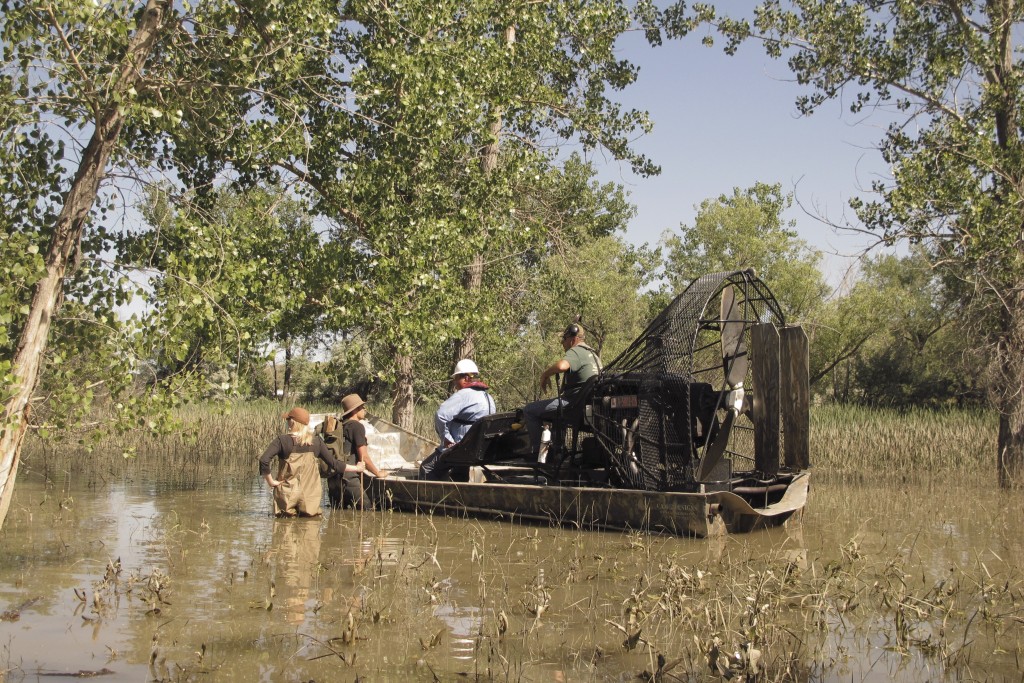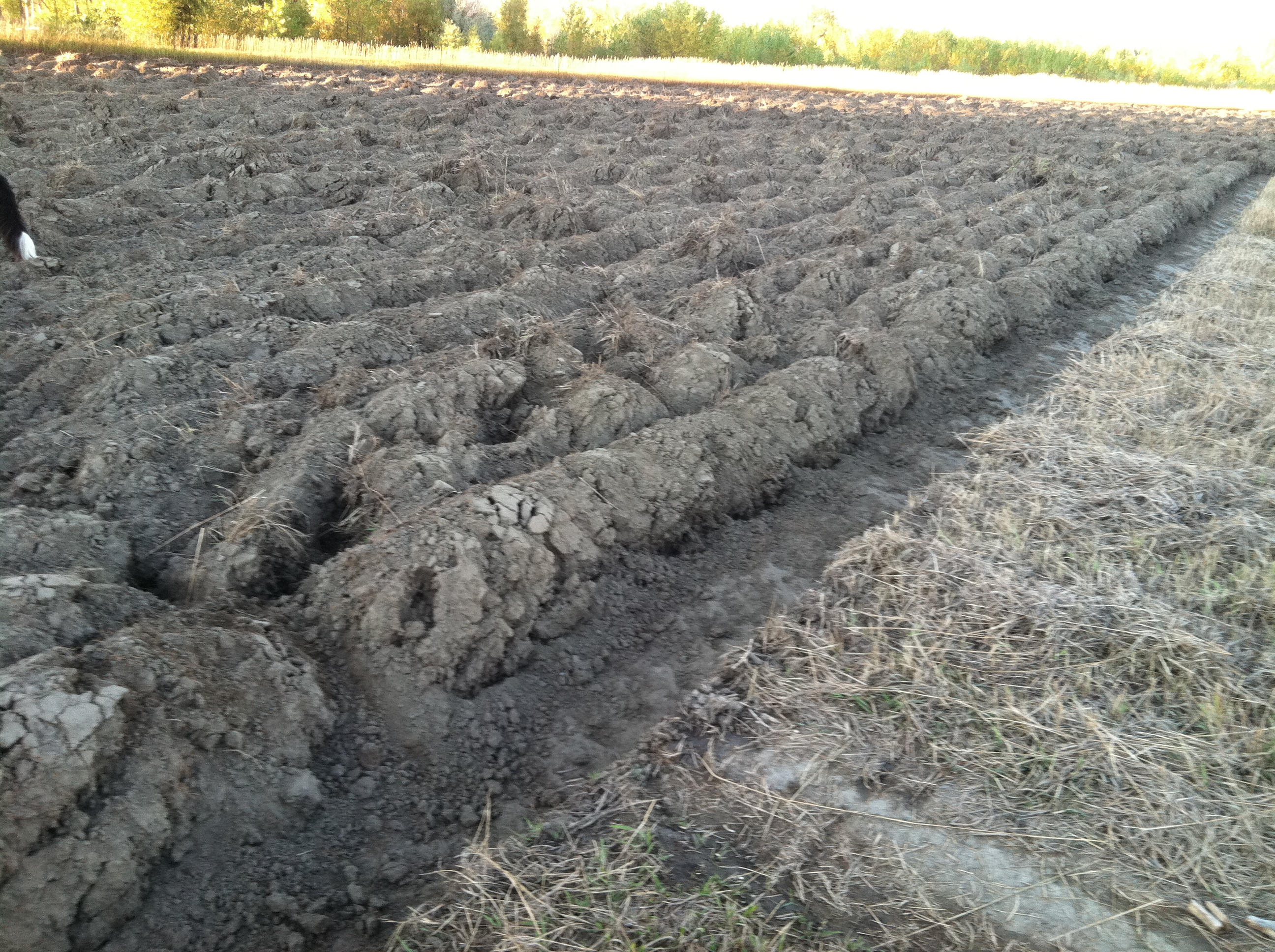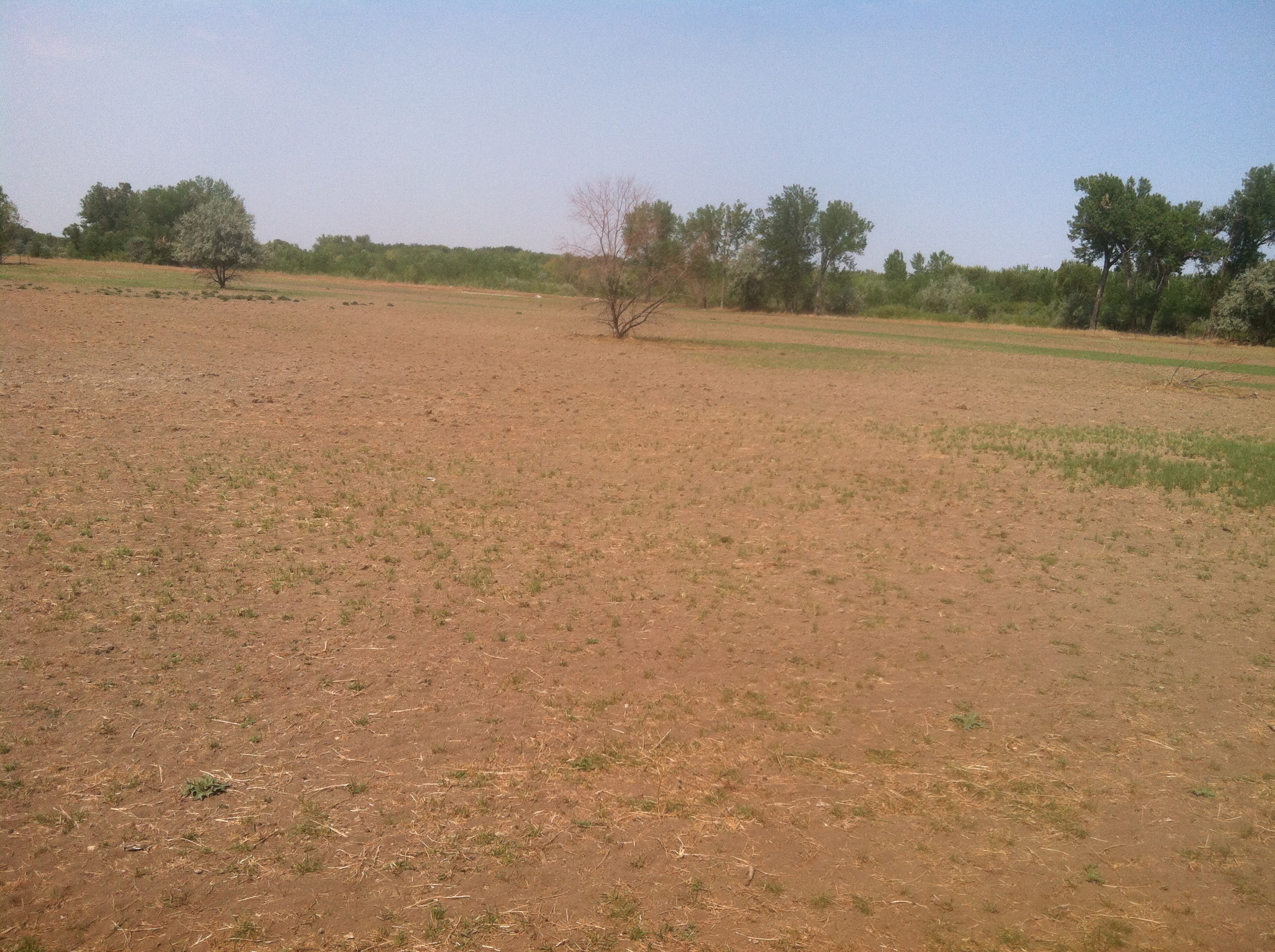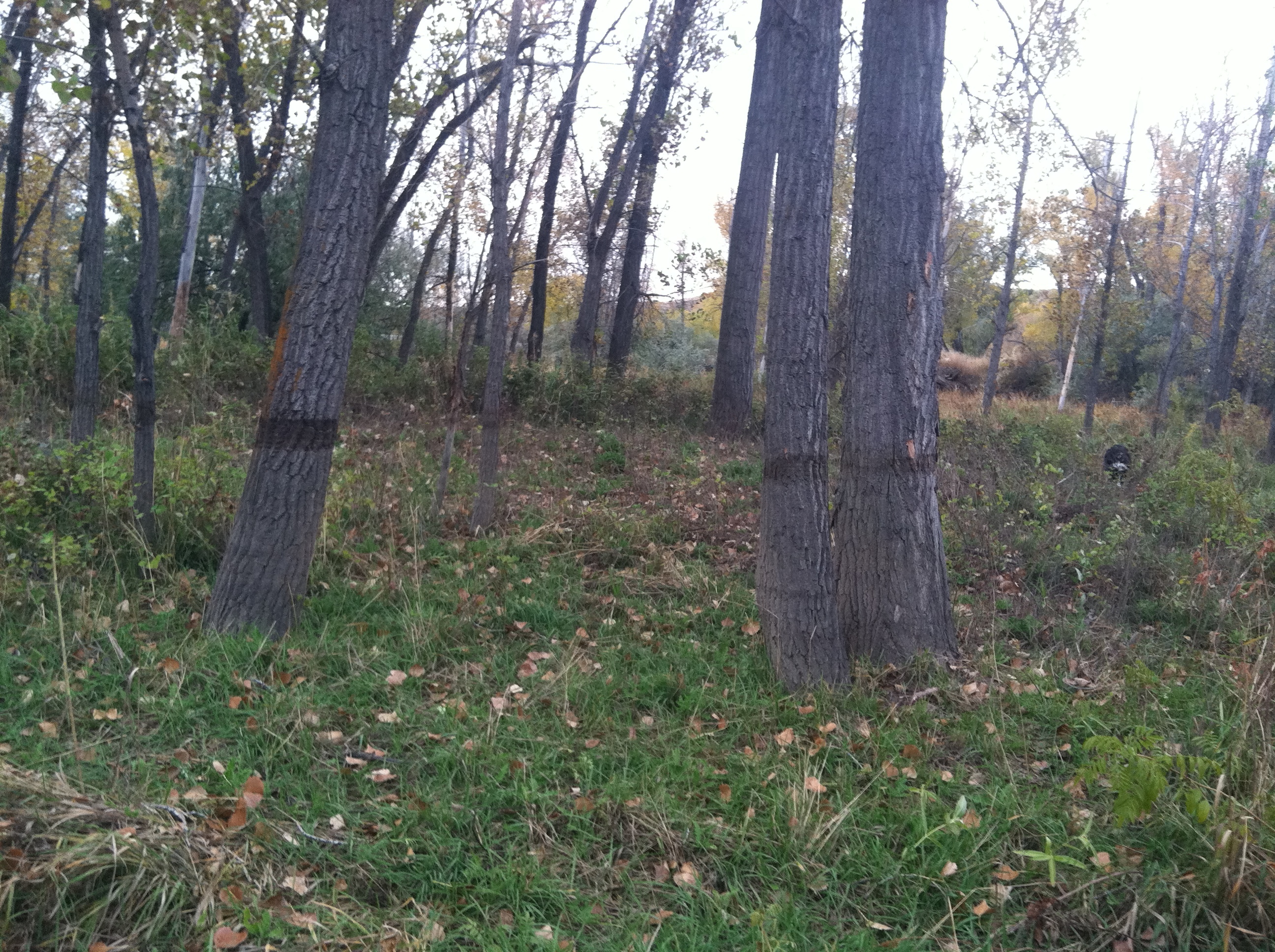What I learned from Steve Daines’ pipeline safety hearing

On a recent Sunday at 3:45 a.m. a horrendous smell woke me up. My first thought was the farmer-engineered wiring in the old house started on fire. I tried to go back to sleep hoping I could catch a couple of extra minutes before the house burned down but the smell was so bad I was compelled to get up. I walked through the house, the smell becoming more pungent with each step, until I came upon my dog Ole. I walked up to him, leaned over, and took a big whiff. I almost threw up. Skunk juice was still dripping from his face. You are wondering how this relates to oil pipelines.
Well, let me tell you.
Last Friday, I attended a U.S. Senate field hearing in Billings, requested by Montana Senator Steve Daines, concerning the Pipeline and Hazardous Materials Safety Administration (PHMSA). I know, very thrilling. Little time was spent on the stated purpose of the hearing which was to “to examine how effectively the agency is overseeing and enforcing pipeline rules.”
I didn’t learn anything new about the effectiveness of PHMSA and I doubt that Senator Daines did either although he was not shy about using the platform to push for the Keystone XL pipeline. (Daines should note that many of the oil refinery workers in Billings are opposed to the Keystone XL for reasons you can read here.)
What I did learn is that Yellowstone County Commissioner John Ostlund and I remember the 2011 Exxon oil spill on the Yellowstone River very differently. It is unclear to me why he was considered an expert witness on the effectiveness of PHMSA since he didn’t mention one pipeline regulation or give an example of anything related to the agency in his testimony. I feel the need to address his testimony on the Exxon oil spill because I am an impacted landowner who doesn’t feel, as he put it, like “we ended up with a finished product we are all proud of.”
If you took what Commissioner Ostlund said about the oil spill and the clean up at his word, you would think Exxon, EPA, DEQ, and landowners were all sitting around singing Kumbaya and whistling while we worked to clean up the oil. That was very much not the case.
He said he talked to very few people who were not completely satisfied as to how the spill was being dealt with. I think he meant to say that he talked to very few people and leave it at that.
Apparently he wasn’t paying attention at the public hearings where hundreds of people showed up and many were angry and expressed their dissatisfaction with the spill, the response and the remediation. He also must have missed it when Governor Schweitzer pulled the Montana DEQ out of the joint command center due to the lack of transparency from Exxon and the EPA.
After the field hearing I came across Ostlund’s submitted written testimony online. It diverged from his oral testimony (transcribed at the end of this blog) in numerous places. The following paragraph, which he did not read out loud, exhibits his complete lack of connection to what landowners actually experienced during the spill.
With that said, I worked on a daily basis with the excellent team from Exxon, the Federal EPA, the State DEQ, and our local elected officials on the cleanup and can tell you from personal experience that Exxon did a first class job on restoring the Yellowstone River to a pristine condition. Additionally, Exxon bent over backwards to insure each and every property owner was compensated for any loss and made whole.
I can tell you from personal experience that if I had everything to do all over again, I wouldn’t have allowed Exxon to step one foot on our property. Their contractors ripped up our hay field in October and then left without replanting. What we ended up with the next spring was a field that was half weeds and half dead patches where not even cheatgrass would grow. They offered us $3,000 for a settlement which wouldn’t even buy one year of seed for the field. Our land is not back to normal.
Here is a photo of our field before the oil spill.
Here is a photo of the field in October of 2011.
Here is what it looked like in spring of 2012.
I don’t know about you but I feel whole just looking at those photos. We are not the only ones. There were numerous lawsuits filed against Exxon by individuals and groups of landowners after the spill.
Also, no one at the field hearing talked about the health impacts from the spill. Many people, myself included, who were exposed the oil became sick with severe headaches, nausea, lightheadedness and chronic coughing. Many went to the hospital but some I talked to didn’t because our public health agency told us that being exposed to the oil was similar to being sprayed by a skunk even though the clean up workers were required to wear hazmat suits.
So, about that skunk. After we got Ole out of the house, and although the smell lingered for days and it was strong and awful, I did not have a chronic headache for weeks, a cough that lasted months, lingering nausea or lightheadedness. To be fair to our public health agency, I bet if I was directly sprayed in the face like Ole was and left the skunk juice on me I might have felt similar to how I did after spending three days on my farm after the oil spill. I’ll give them that.
Ostlund warned of over-regulation of ANY industry and then he said this,
“Everyone wants a clean and healthful environment however we must find a way to make sure the process does not become the problem.”
Everyone in Montana has a right to a clean and healthful environment. While I do want it, as a Montanan, it is also my constitutional right.
Ostlund should remember that he represents all the people in Yellowstone County not just the people who agree with him. His Mary Poppins recollection of the oil spill was fascinating to listen to but I, for one, am not interested in his ideological project of general government deregulation.
I am interested in safe pipelines.
You can read his submitted testimony here. I recorded the hearing and transcribed his oral comments below.
Oral testimony of Yellowstone County Commissioner John Ostlund
Pipeline safety and protecting our environment is our number one priority in Yellowstone County. However, with that said, the three refineries and their associated incoming crude lines and outbound gas and diesel distribution lines provide enormous employment opportunities with high paying jobs, a stable tax base for our roads, bridges, schools and public safety.
In 2011, YC awoke to a broken pipeline spilling crude into an already flooding Yellowstone river. The disaster tested our ability to manage a quick response to stop the flow, capture as much of the release oil as possible and start the process of an enormous clean up project.
I came away from that 2011 YR S with new appreciation of how the federal EPA, state DEQ, Exxon’s team of professionals, and local elected officials, faced with a serious environmental challenge can work together to evaluate the cause, launch an immediate clean up, work through the summer to end up with a finished project we are all proud of.
Many lessons were learned from the spill old and new river pipeline crossings have been bored much deeper under our free flowing rivers and streams and check valves have been added along with additional monitoring equipment to prevent future problems.
While no system is flawless, pipelines have the best safety record for transporting oil and gas and are the most efficient way to deliver crude oil and the finished products.
Our refineries provide a stable stable economic base, great opportunities for employment, a stable tax base and are one of the reasons that our county has remained fairly recession proof when other parts of the nation have suffered major periods economic decline.
While it is very important to set our goals for pipeline safety high and expect 100% compliance of all of the rules and regulations, I would ask that we be careful not to over-regulate any industry.
Our federal government has a history of making the process so complicated and lengthy that projects like our northeast highway bypass already 15 years in the planning just this year received the record of decision allowing us to take the next steps to move the process forward
Just imagine the cost increases when it takes 20 years to move a project from concept to completion. Everyone wants a clean and healthful environment however we must find a way to make sure the process does not become the problem. Our taxpayers foot the bill for study after study that causes delay after delay.
Common sense should tell us we can effectively regulate business without grinding that business to a halt.






Nice work. Thank you.